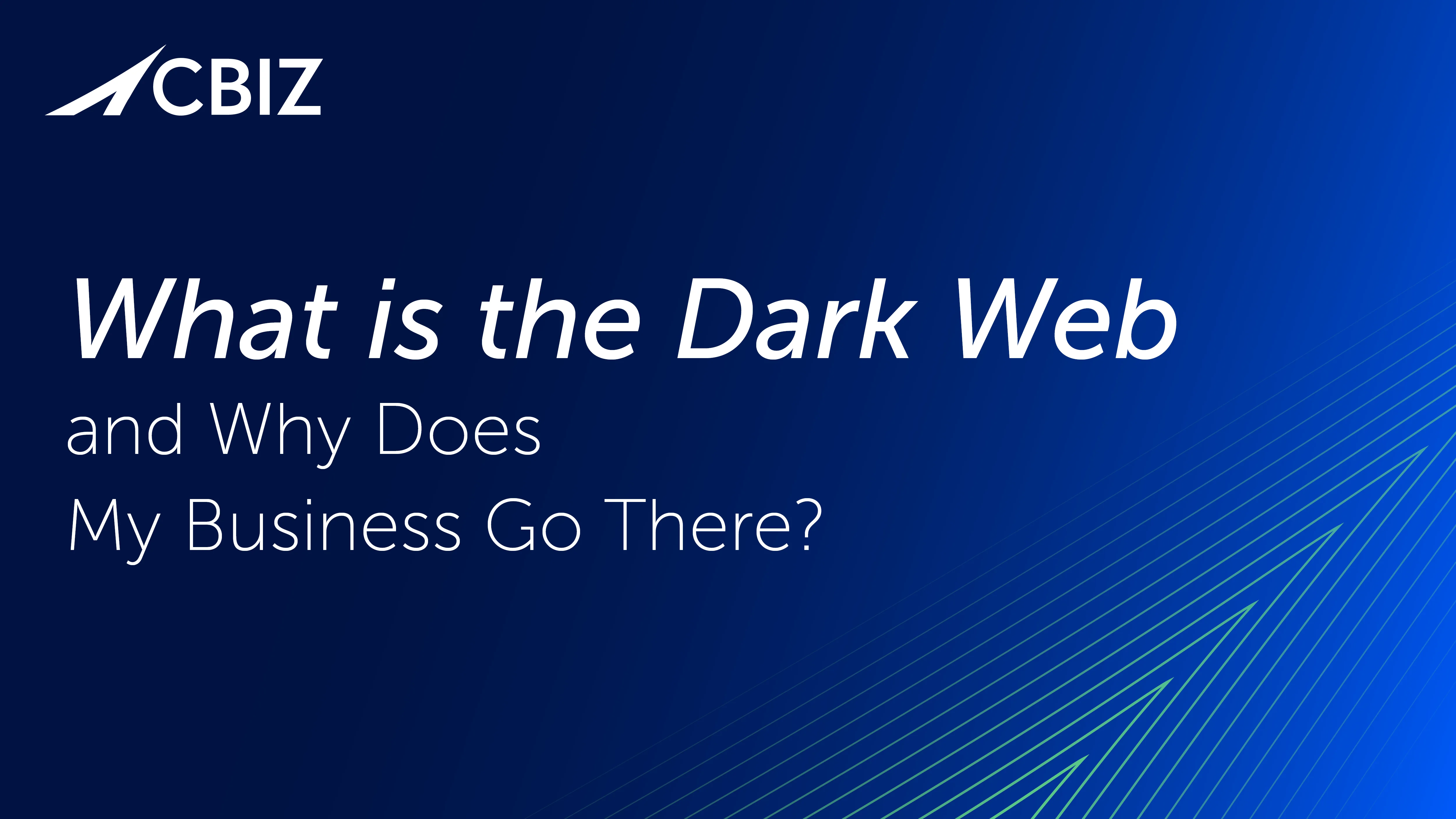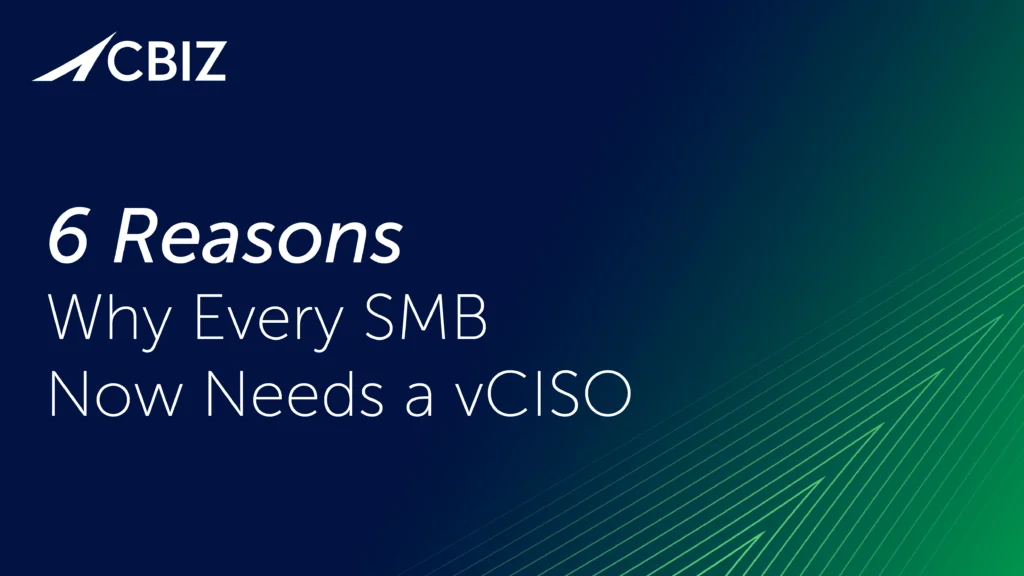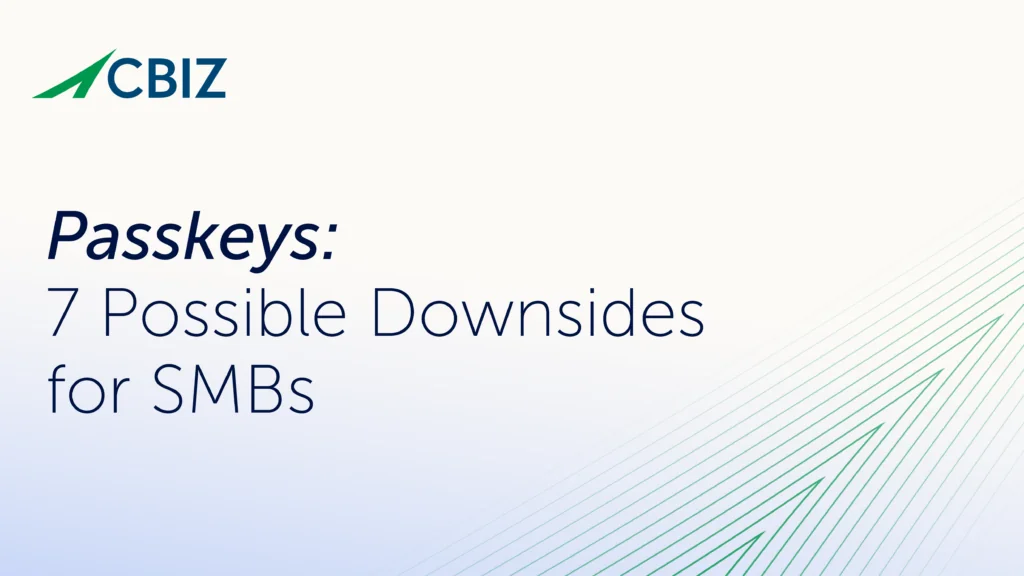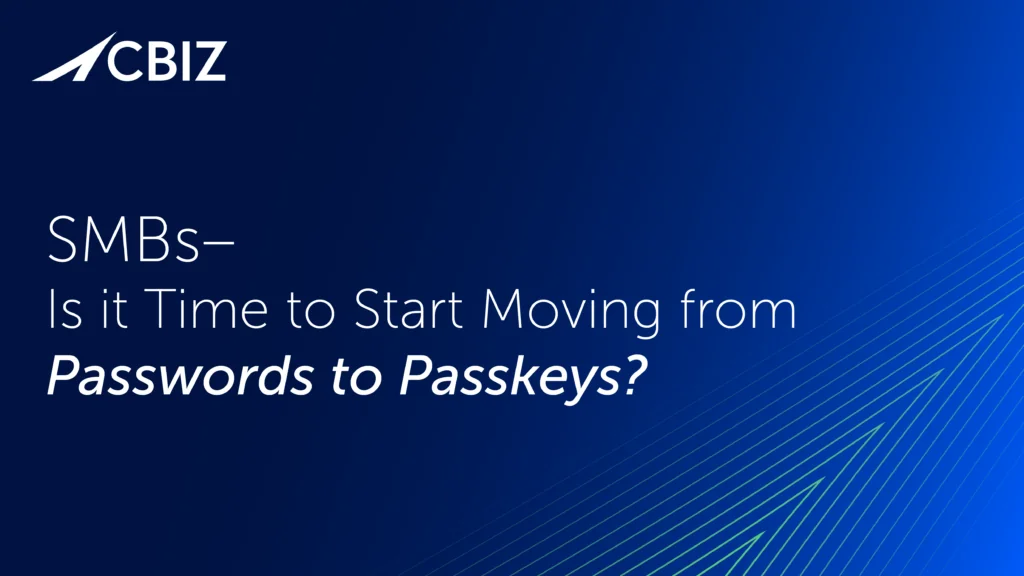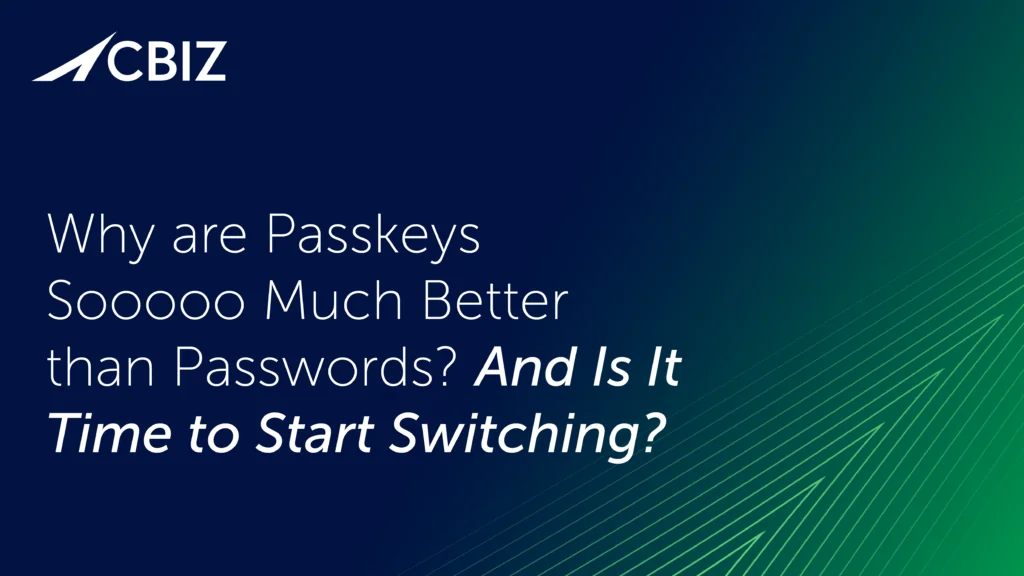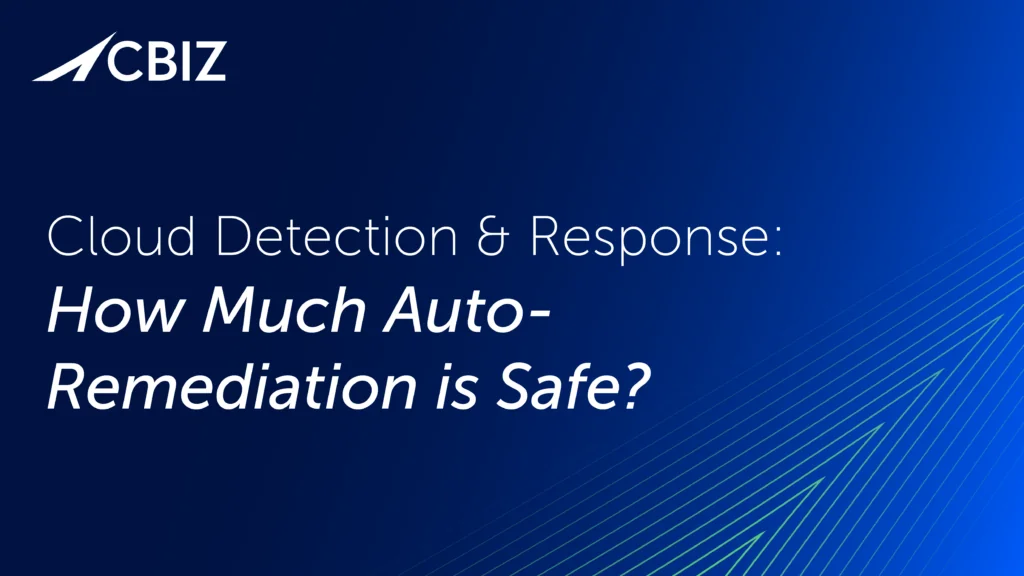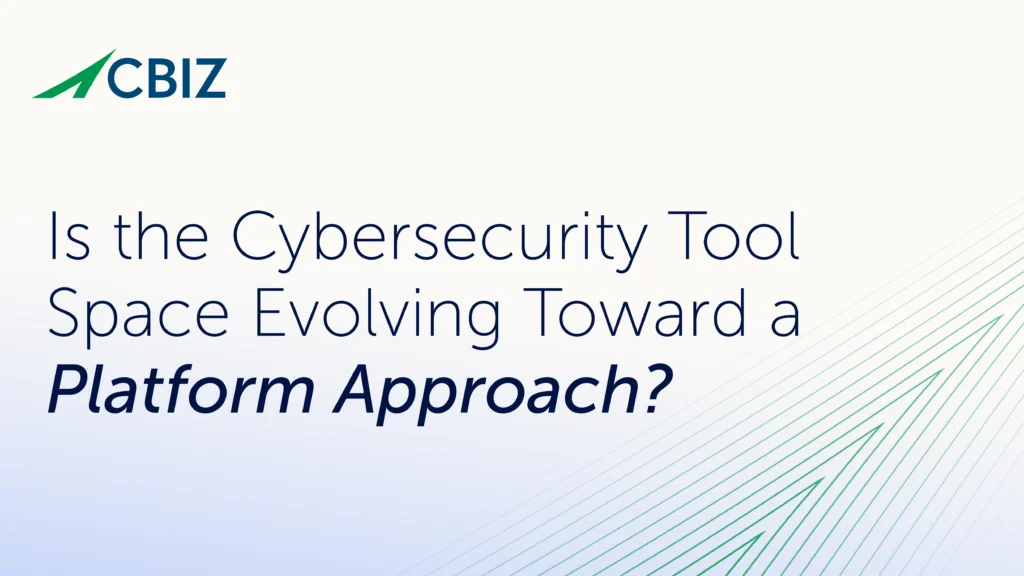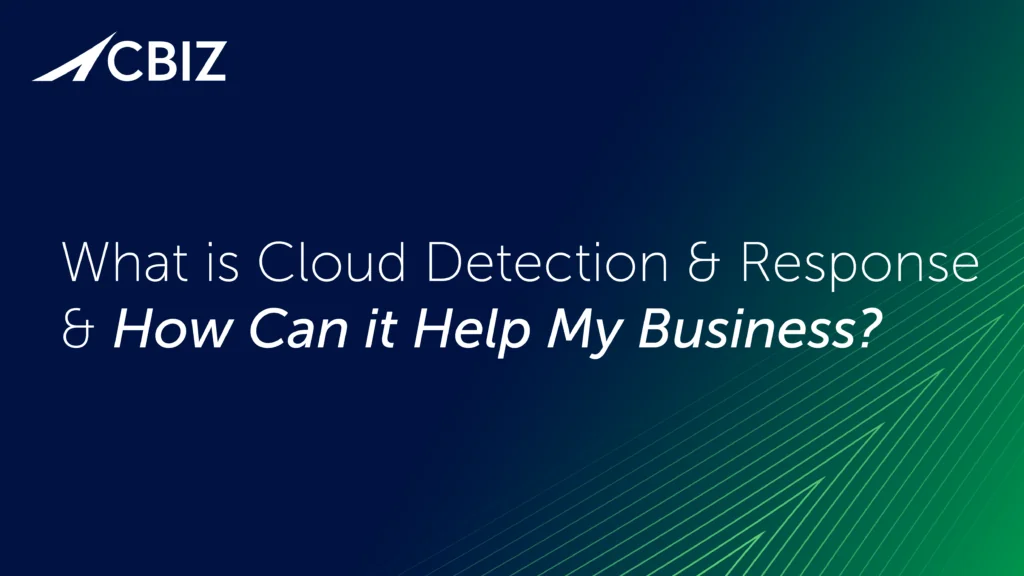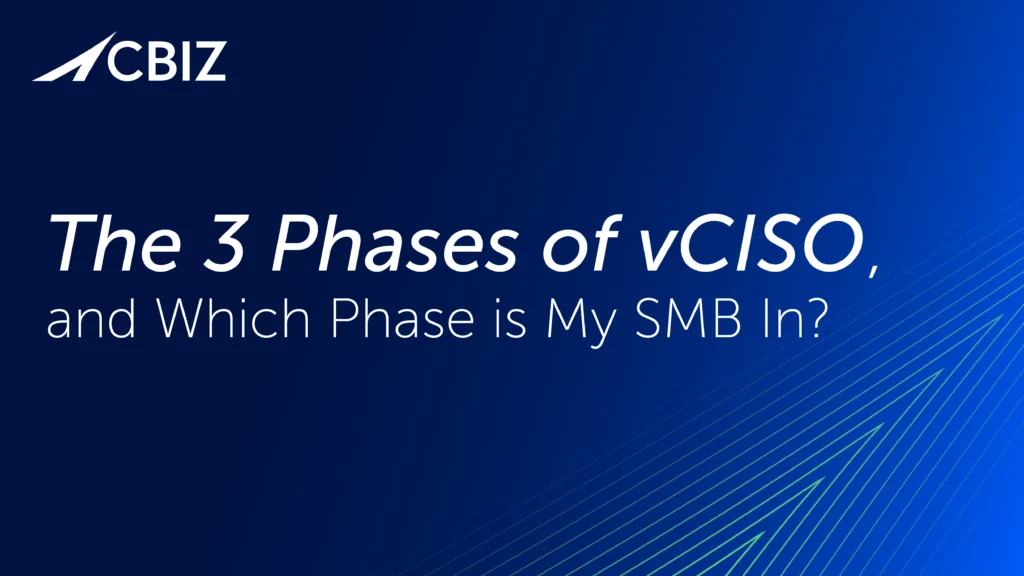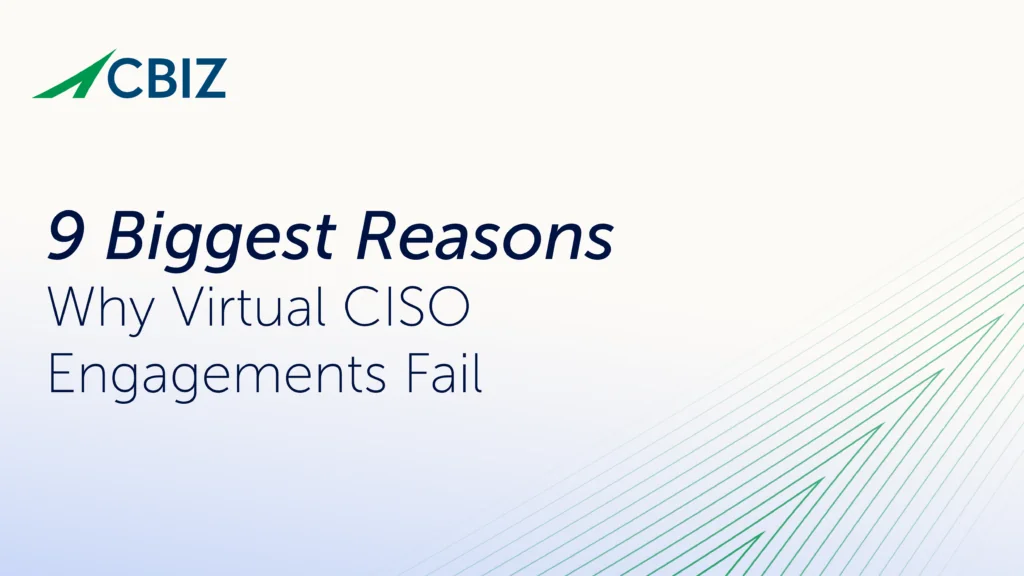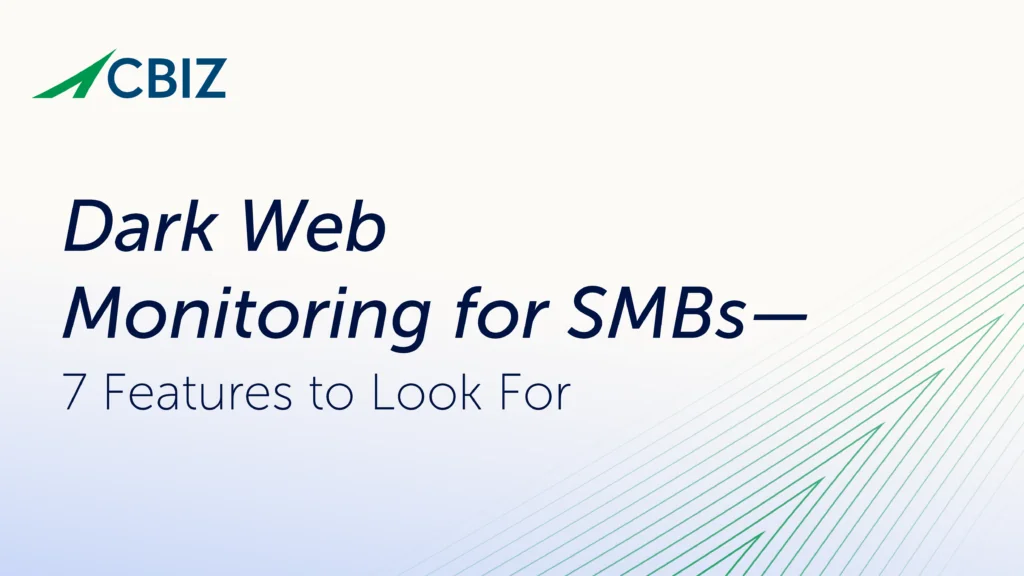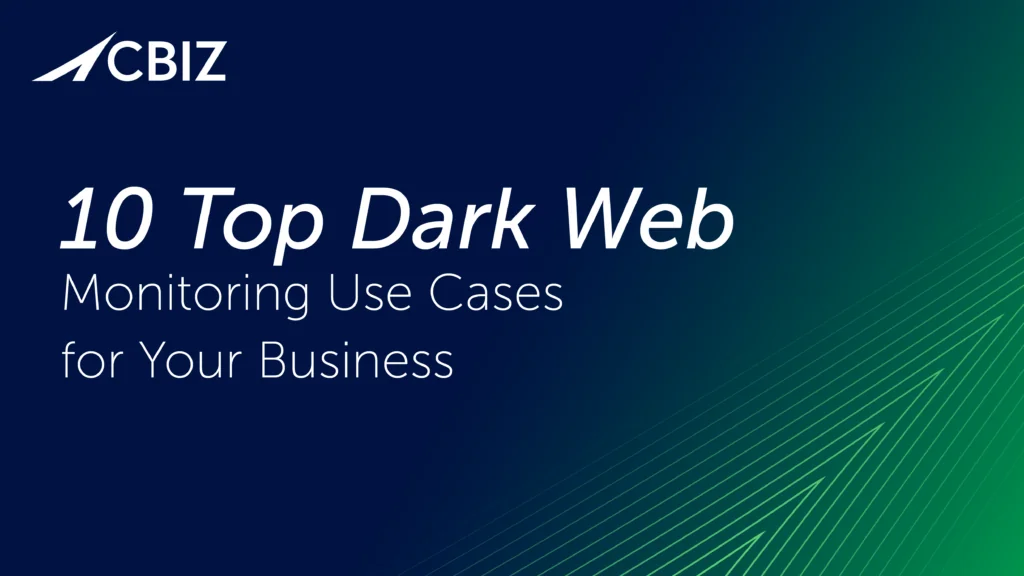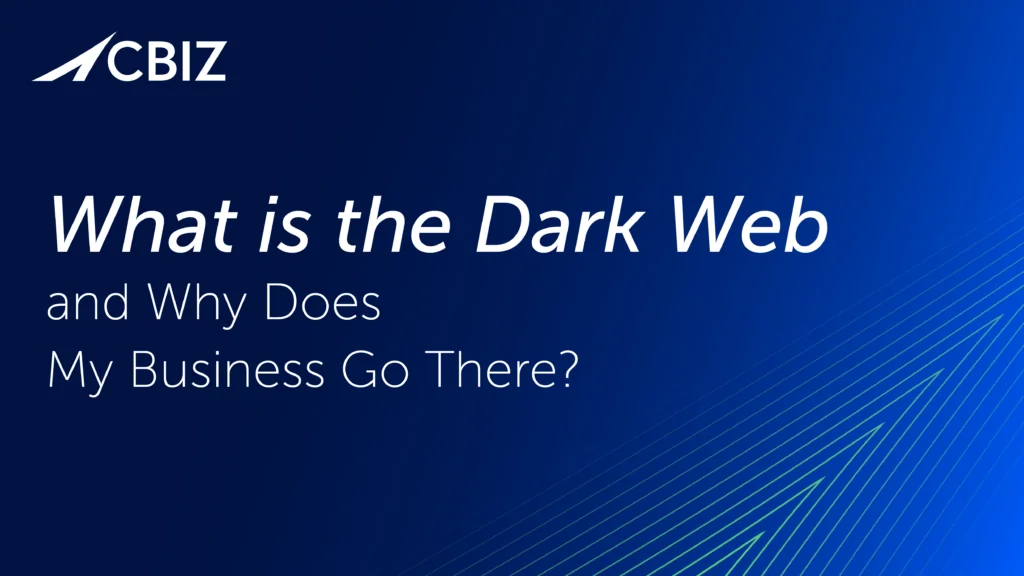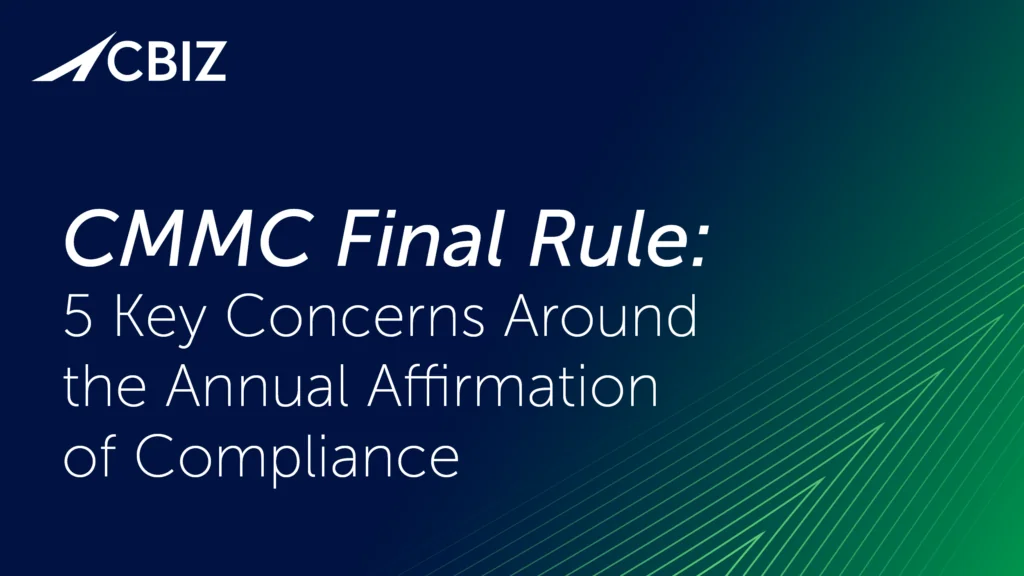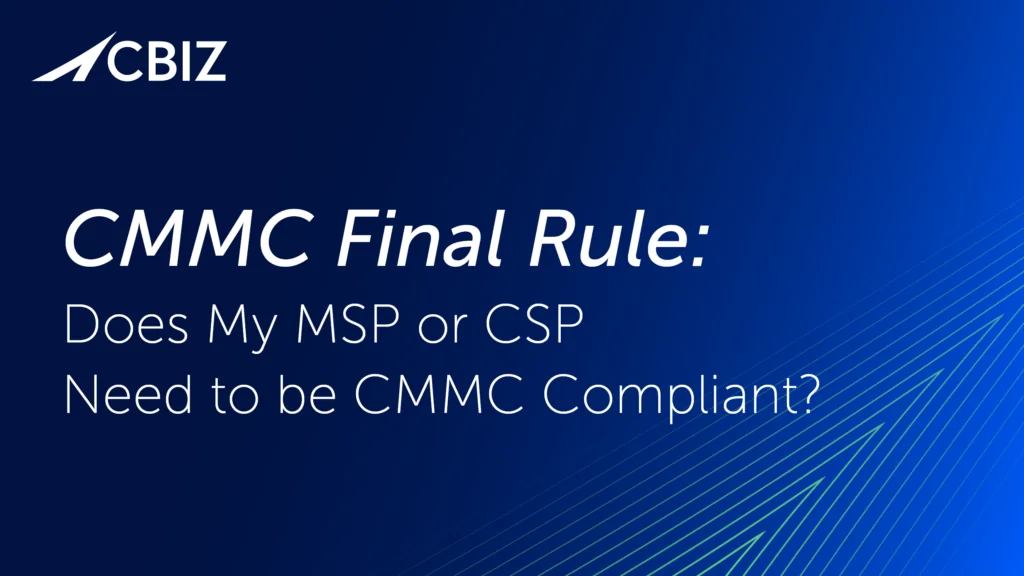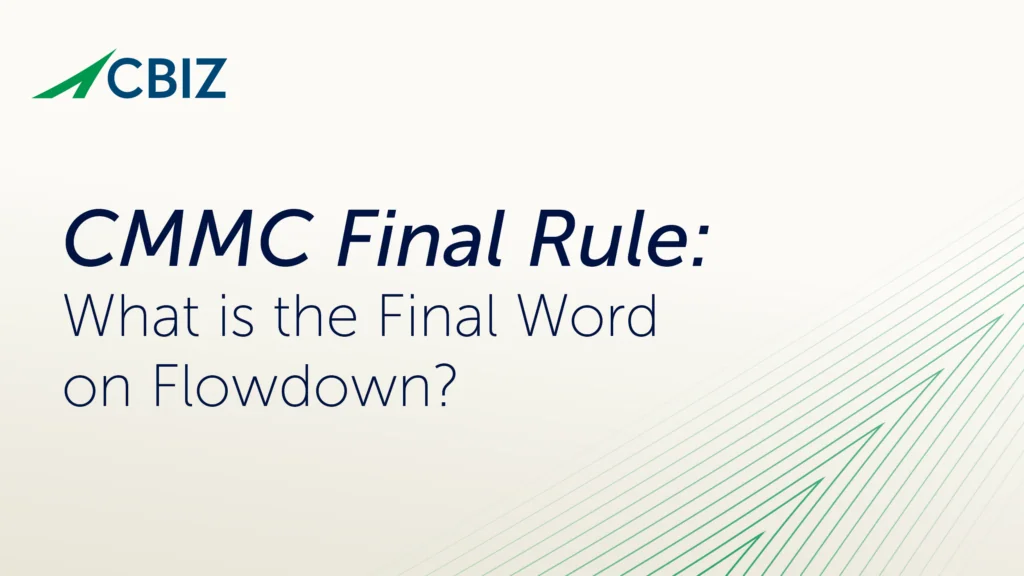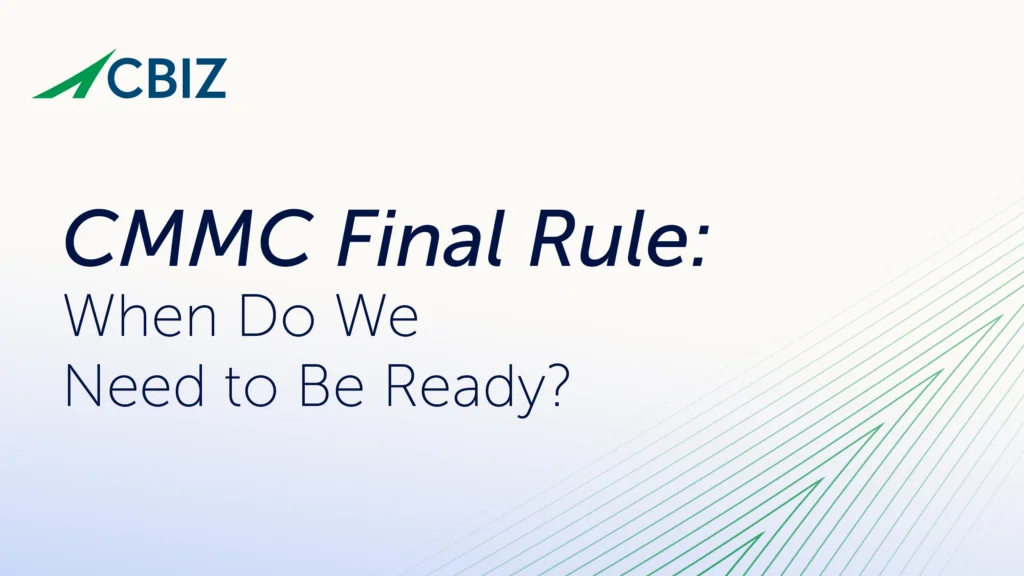Last Updated on February 7, 2025
What is the Dark Web and Why Does My Business Need to Go There?
If your business handles sensitive data, then you need to know whether any of it is for sale on the dark web. This threat intelligence can empower you to proactively identify and mitigate emerging cyber threats before they manifest fully.
But isn’t the dark web dangerous? Won’t my device be immediately compromised if I try to go there? What data would I even look for? Isn’t it just a big chat room for hackers?
This article will familiarize you with the dark web, what goes on there, what it takes to visit, and how dark web data can help your company avoid data breaches, improve incident response, and more.
What is the dark web?
The dark web, aka darknet, is the foundation of a massive cybercrime economy valued at $10.5 trillion—the world’s third-largest economic entity after the US and China. Architected to preserve anonymity, the dark web is not indexed by Google or other search engines. This makes it the ideal platform for unlawful activity of all kinds, from selling stolen personal data to leaking corporate secrets to dealing drugs to hiring a hitman.
The dark web got its start as a military-grade privacy scheme to hide web users’ locations, identities, and activities. These services have enabled journalists, dissidents, and others living without freedom of speech, such as in China, Russia, or Iran, to evade censorship and communicate relatively openly. However, criminals quickly saw the advantages of these protections for their business plans, and illegal markets flourished.
Accessing the dark web requires a special browser, such as Tor (The Onion Router) or I2P (The Invisible Internet Project). If you enter a dark web link into a conventional “surface web” browser like Google Chrome or Microsoft Edge, it won’t be able to resolve the IP address. Dark web destinations are obfuscated using virtual traffic tunnels or overlay networks to hide the user’s location.
Because it is not indexed, you cannot search on dark web content. You need special knowledge to know where to point your browser. Usually, this is provided by way of invitation to dark web markets and forums. Firewalls and encryption along with access controls protect much dark web content. (Is it any surprise that hackers would have strong cybersecurity?)
How is the dark web different from the surface web?
The internet has several “layers” or sectors, most of which are not accessible to the average person. These layers, often likened to parts of an iceberg, include:
- The surface web or clear web is the low-privacy, searchable internet most of us interact with to shop, find information, access social media, etc.
- The deep web includes online content that is not publicly accessible, often encrypted, and not indexed by search engines, such as websites that require logins or otherwise limit access. Company intranets, email services, online banking sites, proprietary databases, web archives, specialized online libraries, medical records repositories, and other academic and government data stores are part of this incomprehensively vast and relentlessly expanding cyber space.
- The dark web, as touched on above.
- The high-risk surface web refers to parts of the surface web that host a high density of criminally implicated content. Examples are imageboards, fly-by-night paste sites, and other web pages whose “top-level domains” (TLDs) mirror dark websites but are accessible with conventional browsers. High-risk surface websites may have domain extensions favored by cybercriminals, such as .top, .ru, .cc, and .cn.
In terms of content volume, the dark web is much smaller than the surface web or deep web. It is widely estimated that 90% or more of the internet is deep web, while 4%-10% is the familiar surface web. It’s hard to study the dark web, but it is thought to comprise about 5% or less of the internet.
What data from my business might be on the dark web?
Why would anybody who’s not a cybercriminal want to visit the dark web or get reports back from it? Because sensitive data that could harm your business might already be for sale on dark websites or could show up there anytime. If so, where is it, what is it, how did it get out there, and what can you do about it?
As the cybercrime business environment matures, hackers are increasingly specializing in one part of the cyber-attack chain and collaborating with other criminal gangs to monetize ill-gotten data in a diversity of ways. The dark web is rife with marketplaces whose anonymous administrators offer a forum to facilitate transactions.
For example, a dark web data brokerage service might look to sell a company’s competitive IP, product designs, or financial data. Stumbling over this kind of data on the dark net is a clear sign that you have been breached.
Other types of data about your company that may be for sale on the dark web include:
- Login credentials for your private or proprietary applications
- Raw internal company network data like IP addresses, domain/subdomain names, and other identifiers for traversing your network
- Intellectual property, trade secrets, design documents, proprietary research
- Business plans, contracts, and other internal documents
- Company credit card data
- Employee PII (names, social security numbers, addresses, etc.)
- Zoom account credentials and meeting IDs
- Company bank account and routing numbers
- Emails and other internal communications
- Your customer list
- Customer PII like credit card numbers and billing addresses
- Source code stolen from your development pipeline
How can I protect my business from dark web activities?
Along with robust cybersecurity controls to reduce your attack surface and eliminate vulnerabilities, a dark web monitoring service that scans the dark web for leaked organization data is among the best ways to proactively shield your business from data breach impacts. Dark web probes return actionable cyber threat intelligence, a key element in the continuous monitoring and reporting of threats that robust cybersecurity standards like ISO 27001 and the US Department of Defense Cybersecurity Maturity Model Certification (CMMC) program at Level 2 require for compliance.
Based on a fine-tuned risk and/or investigative selection of queries, dark web threat intelligence can reveal exfiltrated corporate data and alert your cybersecurity team to impending attacks or attacks in progress. This intelligence can directly inform incident response as well as vulnerability remediation priorities.
How can dark web threat intelligence help my business?
Dark web threat intelligence offers multiple advantages for organizations in today’s landscape of relentlessly proliferating threats. The most important of these advantages include:
-
- Improved ability to protect sensitive data and reduce the fallout from data breaches. Dark web insights can be invaluable in proactively blocking or more quickly remediating a cyber incident.
- Safeguarding customer and stakeholder trust. Once lost, stakeholder trust can be difficult to regain. Preventing reputational damage from a failure to protect sensitive data lets you continue to build trust by demonstrating effective cybersecurity that reassures stakeholders their data is safe.
- Maintaining compliance. Especially in critical infrastructure verticals like financial services, healthcare, and aerospace/defense, a data breach can point regulators to cybersecurity or privacy compliance violations—opening the door to fines, voided contracts, and other sanctions. Dark web threat intelligence can help companies identify compliance issues before they manifest in a data breach.
- Reduced financial risks. According to IBM’s Cost of a Data Breach Report 2024, the average cost of a data breach including revenue impacts, recovery costs, and legal fees, is now $4.88 million, a 10% jump from 2023. Preventing a potentially extreme financial loss can make the difference between success and failure, especially for a small business or startup.
- Enhanced business continuity. Cyberattacks can threaten or halt operations, possibly leading to lingering negative impacts like loss of market share, loss of customers, missed investment opportunities, and reputational damage that puts profitability or even corporate survival at risk. A proactive response to a cyber incident aided by dark web threat intelligence can help a business maintain resilience and keep its competitive assets intact.
What’s next?
For more guidance on this topic, listen to Episode 146 of The Virtual CISO Podcast with guest Steph Shample, Senior Intelligence Analyst at DarkOwl.





